Feminist art history has long argued that it isn’t enough to write women back into the narratives from which they have been excluded. As figures such as Griselda Pollock have put it, there has to be a wider analysis of the inequalities built into art history and culture. Yet the importance of both enterprises, and the rich rewards to be gained from focusing on the work of women artists is currently being demonstrated by ‘Modern Scottish Women: Painters and Sculptors 1885–1965’ at the Scottish National Gallery of Modern Art.
The story that the exhibition tells is of ground-breaking achievements on the one hand, and ongoing challenges on the other. This tension is signalled by the date chosen as the starting point of this show. In 1885 Sir William Fettes Douglas, the President of the Royal Scottish Academy, asserted that the work of a woman artist was ‘like a man’s only weaker and poorer’. The Academy seem to have shared this opinion until 1944, when it finally nominated a female woman member. (The Edinburgh Arts Club and Glasgow Arts Club admitted women as recently as 1982 and 1983, respectively. )
The low status of women in the art world contradicted the more progressive attitude of art schools. By 1848, classes at the Glasgow School of Art were co-educational, while Edinburgh College of Art opened to both men and women in 1908. Travel to Paris, where women could enter the life room, also afforded opportunities for training. Many of the artists in ‘Modern Scottish Women’ became teachers themselves, mentoring other women, and establishing a network of connections that overlapped with the familial – many practitioners in the exhibition came from artistic, middle, and upper-class families with the resources and inclination to foster their talent.
It’s striking how many women had to give up their teaching positions because of the ‘marriage bar’, which prevented married couples from working at the same institution. Dorothy Johnstone’s portrait of Belle Kilgour, Girl With Fruit (1925) was painted shortly after she resigned for this reason from the Edinburgh College of Art, where she had taught for 10 years. Kilgour, who was an art student at Edinburgh, was the subject of an arresting study in colour: the jewel tones of her clothes glint in harmony with those of the fruit and tableware. Johnstone’s painting presents Kilgour’s clothes as an extension of her fluency as a painter, while wryly inferring the equivalence between domestic décor and the female sitter.
It is the genre of the portrait, and particularly of the self-portrait, that provides some of the most compelling moments in the show, although there are important examples of landscape and sculpture, and notably of design. In her self-portrait of 1939, Isabelle Babianska Brodie appraises the viewer from behind the edge of a large canvas, grasping two paintbrushes in one hand. For The Silk Dress (c. 1911) Eleanor Allen Moore painted herself because she couldn’t afford a model, striking a confident pose but also underlining the commodity fetishism of women’s fashion.
Although the Glasgow and Edinburgh art schools provide an organising structure, the detailed text panels refer to other places, too. As well as Paris, here are more distant cities such as Sydney, where the painter, set, and costume designer Doris Zinkeisen painted her c. 1929 self-portrait in her hotel room while on a world tour, swathing her body in a robe decorated with red flowers and blue birds. Indeed, it feels as if there could be scope for a larger exhibition looking beyond the national framework to consider the artists’ exchanges with other practitioners in the UK, Europe, and the US. Gwen John’s steely-eyed self-portrait in a russet shirt of c. 1900 in the National Portrait Gallery, for example, would keep very good company with Moore and Brodie…
Modern Scottish Women: Painters and Sculptors 1885–1965 is at the Scottish National Gallery of Modern Art, Edinburgh, until 26 June 2016.
Unlimited access from just $16 every 3 months
Subscribe to get unlimited and exclusive access to the top art stories, interviews and exhibition reviews.

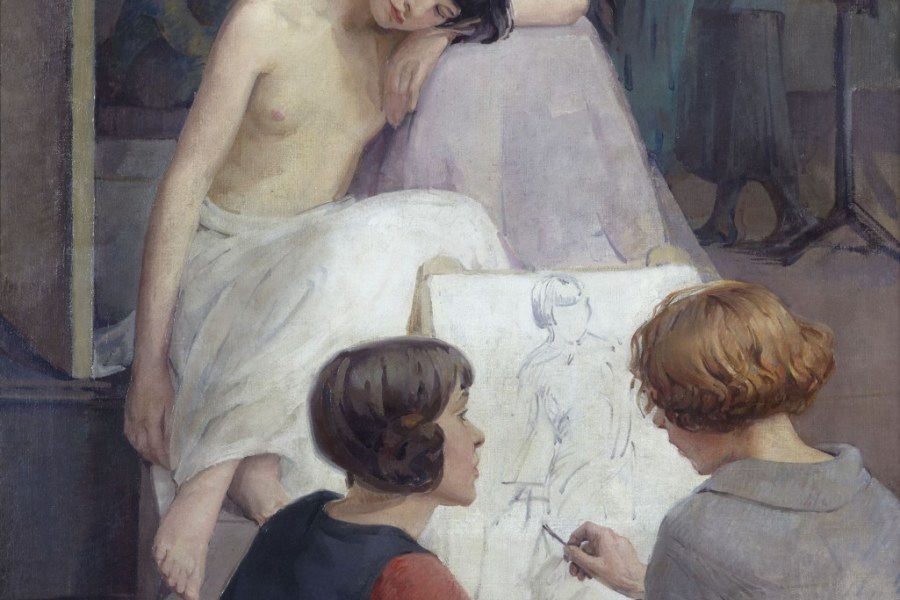
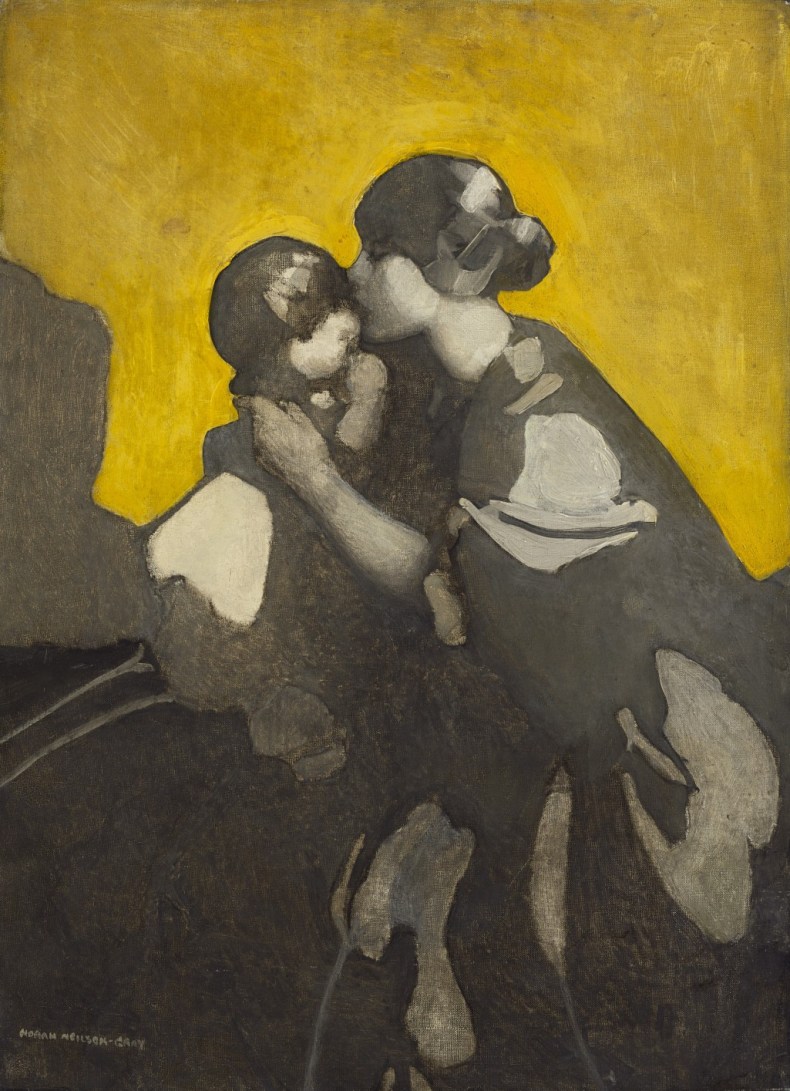
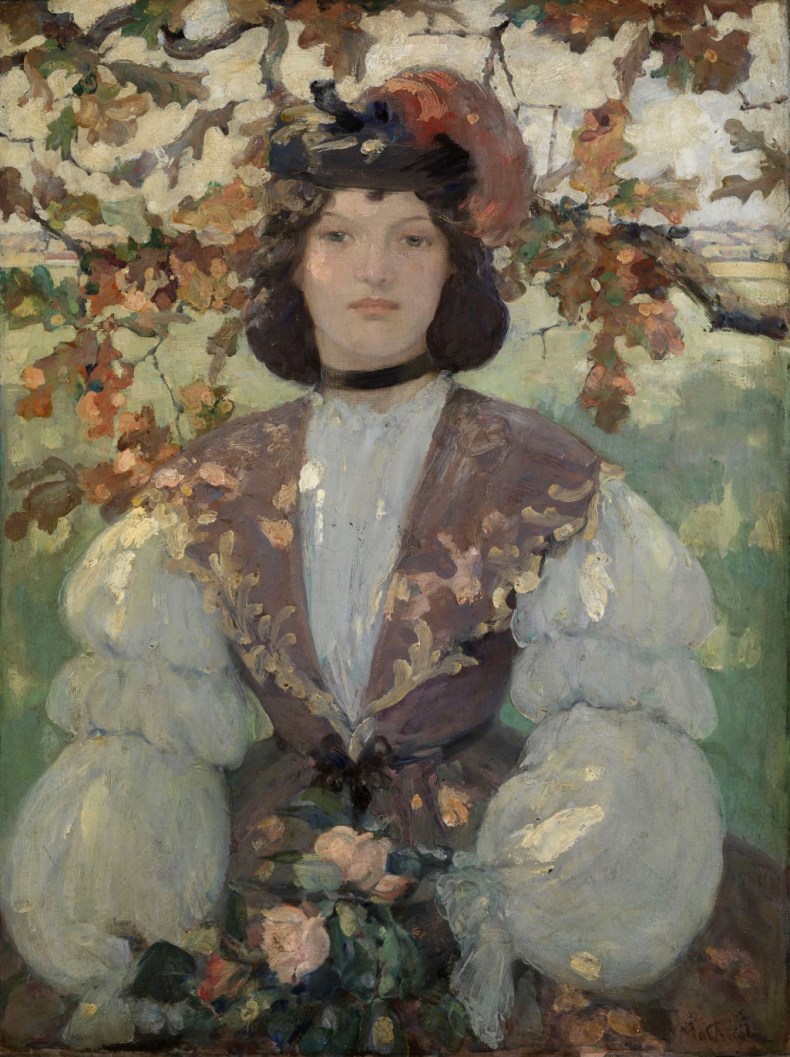
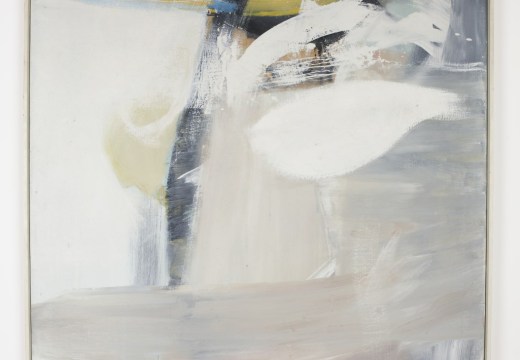
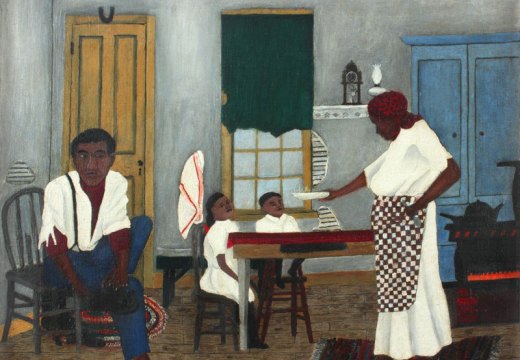
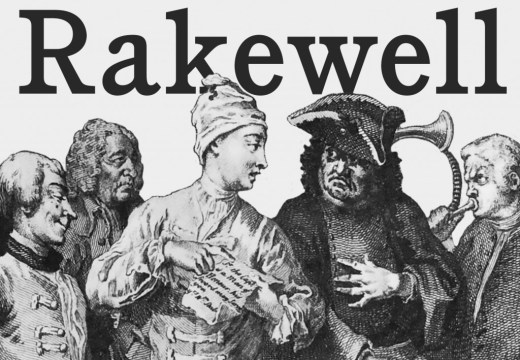









![Masterpiece [Re]discovery 2022. Photo: Ben Fisher Photography, courtesy of Masterpiece London](http://www.apollo-magazine.com/wp-content/uploads/2022/07/MPL2022_4263.jpg)
It’s time for the government of London to return to its rightful home